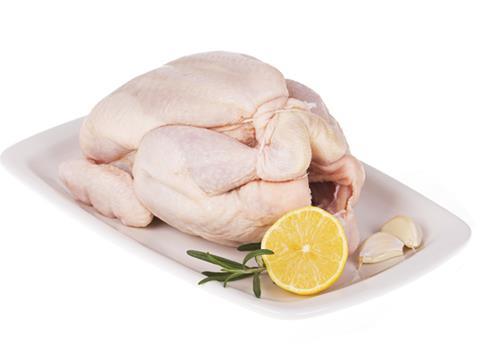
Campylobacter has been found in 59% of fresh shop-bought chickens - and on the outside of the packaging of 4% of birds - according to the Food Standards Agency.
The figures were revealed in the first batch of quarterly results from the FSA’s 12-month survey on the prevalence and levels of campylobacter contamination on fresh whole chickens and their packaging.
Today’s results were in line with previous studies that had shown around two thirds of raw poultry carries campylobacter, said the FSA. Although campylobacter is killed by thorough cooking, it is the most common form of food poisoning in the UK and affects an estimated 280,000 people a year.
“The low levels of contamination found on packaging, shown in the results released today, potentially indicate the effectiveness of the leak-proof packaging for poultry introduced by most retailers, which helps to reduce risks of cross contamination in consumers’ kitchens,” said FSA chief executive Catherine Brown. “There is still a lot more to be done by all elements of the supply chain to ensure consumers can be confident in the food they buy.”
She added that the chicken supply chain was looking at how interventions such as improved biosecurity on farms, rapid surface chilling and anti-microbial washes can help reduce campylobacter. “So when they take action and invest in interventions designed to make a difference, these survey figures will enable us to see if they really do make an impact,” she said.
The FSA came under attack last month for deciding not to ‘name and shame’ retailers and suppliers in the campylobacter survey. The agency had planned to publish quarterly results of the tests, detailing which retailer had sold the chicken, the abattoir where it was processed, whether the chicken had tested positive for campylobacter and the quantities of the bug found. But it backtracked on these plans, saying retailers and processors would now not be named until the full annual results were published next year.
Today’s results represent 853 samples, and the full survey will test 4,000 samples of whole chickens bought from UK retail outlets and independent stores and butchers.
Contamination level on bird
| <10 CFU/g | 10-99 CFU/g | 100-1000 CFU/g | >1000 CFU/g | Not Tested |
|---|---|---|---|---|
| 41% | 17% | 26% | 16% |
Contamination level on packaging
| <10 CFU/swab | 10-99 CFU/swab | 100-1000 CFU/swab | >1000 CFU/swab | Not Tested |
|---|---|---|---|---|
| 95% | 3% | 1% | 0.10% | 0.10% |
The results are in two parts: a figure for the contamination levels on each bird, taken from the neck flap, and expressed as cfu/g (colony forming units per gram), and contamination of the outside of the packaging. The first quarter results show 59% of birds tested positive for the presence of Campylobacter with 16% of birds tested at this stage of the survey indicating the highest level of contamination of >1000 cfu/g.10cfu/g is considered the limit of detection for Campylobacter so only contamination found above that level can be confirmed as a positive. The <10 band includes negative results.
FSA CEO Catherine Brown urges industry to act on campylobacter
FSA campylobacter move is regulatory capture, says Tim Lang


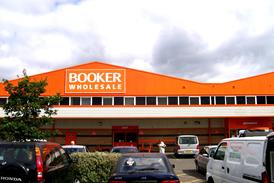
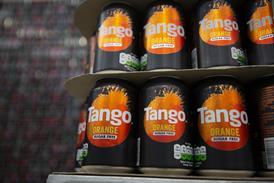
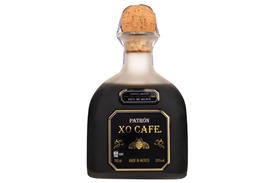

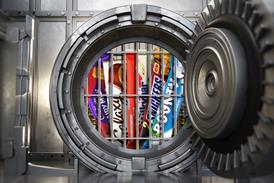

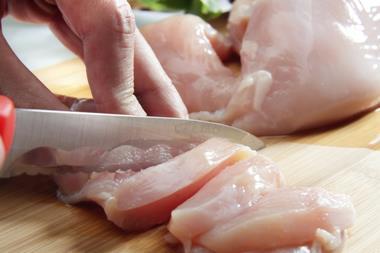
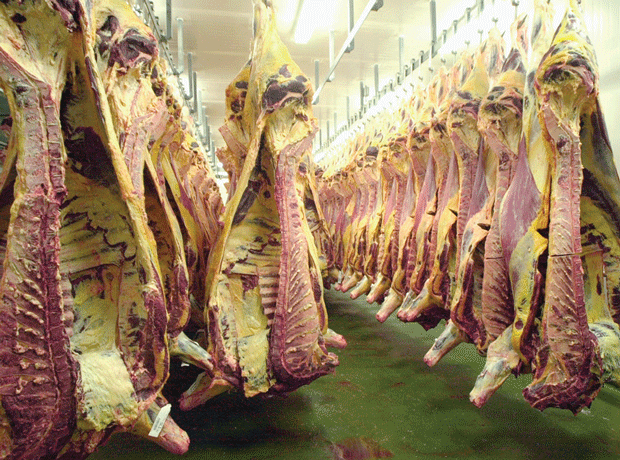


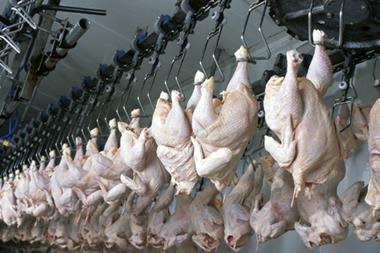
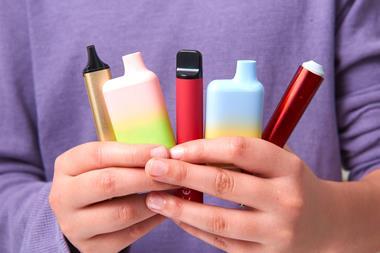



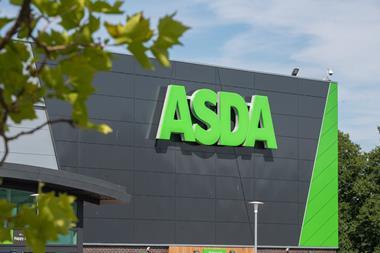

No comments yet